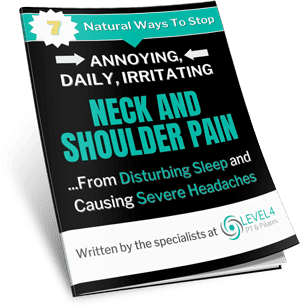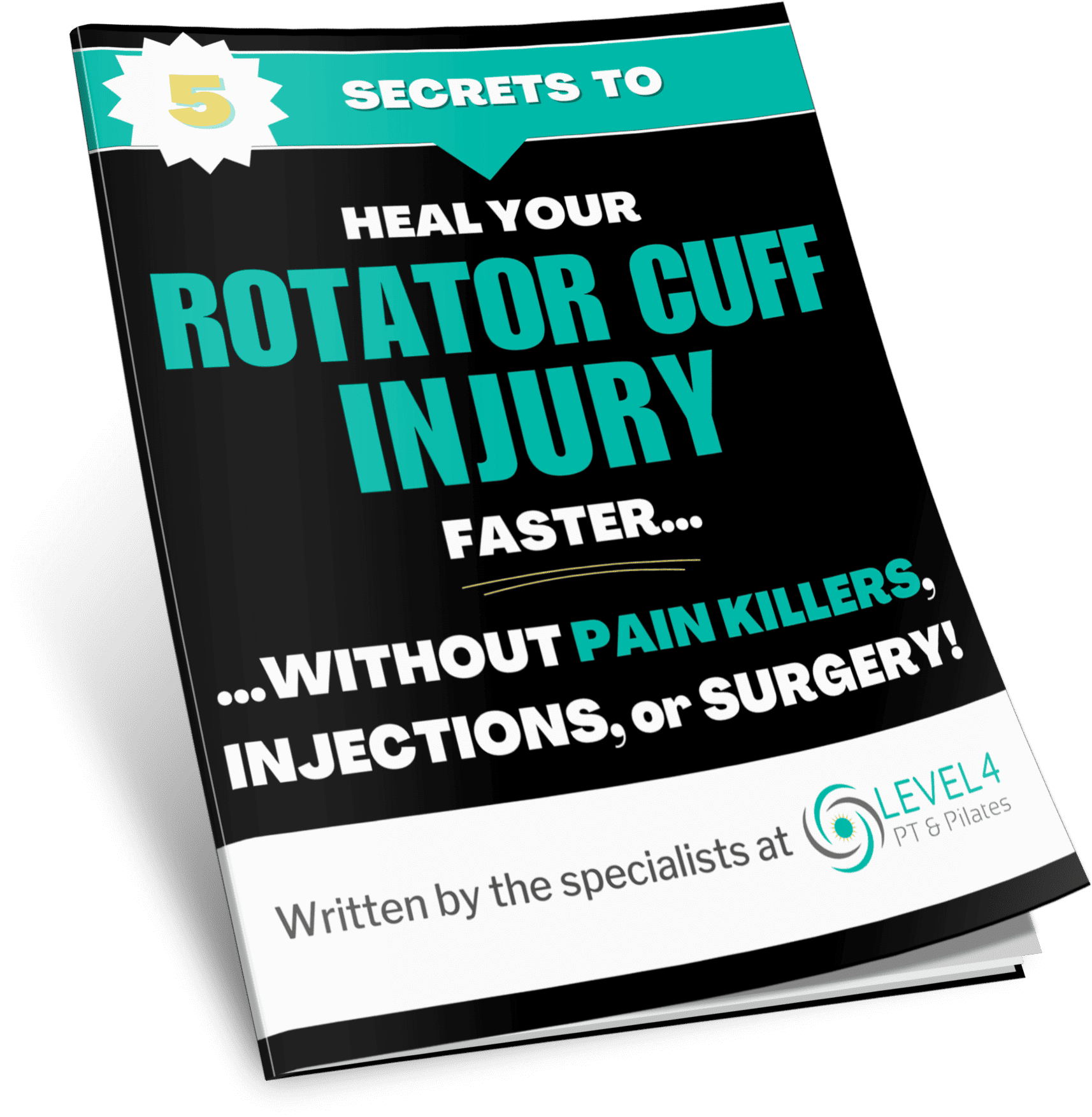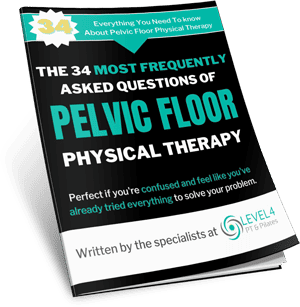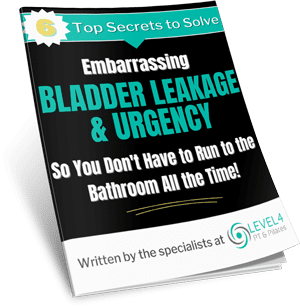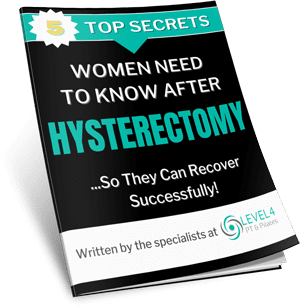
So, you had a C-section (or, as we love to call it, a “Belly Birth” ☺). Information for what to do in the first six weeks is easily accessible– how to be careful lifting and taking it easy, resting, etc. But what do you do for exercise now that your OB/GYN cleared you at that six- to eight-week mark and said your scar is “healed”? Talking about C- section recovery is almost non-existent; resources are NOT given to moms to address incision care, scar massage, exercise progression, etc. Most women are only told not to lift anything, drive, or exercise for six weeks post C-section (or post hysterectomy), even though they had major abdominal and pelvic surgery. That’s it? That is all the information they get?
C-sections are common, accounting for an estimated 31.9 percent of all deliveries in the United States. It is important to know that not all women will heal at the same rate and be ready for the same activity after surgery, even though most of the information out there relates to healing by six to eight weeks post C-section. Setting reasonable expectations and having a supportive medical team can make the recovery from a C-section easier.
Some studies, for example, have found that 60 percent of women have some pain in the incision 24 weeks after delivery.10
Here is a story about a recent client of mine who was having this specific issue:
Jessica’s story:
Jessica is a 32-year-old mom who knew she would have a C-section at 39.5 weeks because she was told her baby was breech. This was her first baby, and when she was told she needed a C-section, she didn’t quite know what to expect. Jessica and the baby both did well during the delivery process and followed the nurses’ and doctor’s instructions in the hospital and early weeks at home with the initial instructions. What she didn’t expect is that simple tasks would be challenging, like taking a shower on her own, caring for the baby, etc., so she asked for help at home, plus she hired a postpartum doula (great thinking!).
At the six-week checkup with her OB, Jessica was told her incision was healed, she did great, and to go back gradually to her activities. What she didn’t expect was that the pain in her abdominal area would still continue post C-section after six weeks.
For most people following a knee or shoulder surgery, the surgeon would commonly recommend PT as a follow up to progressively work on moving again and strengthening. This is just not the case for abdominal surgery–and that’s just crazy! I want YOU to be confident in your ability to facilitate your recovery, and I want to help you return to exercise safely and strongly.
Your OB clears you post C-section and you are healed in six weeks?
NOT SO FAST!
As you can tell from this description, a C-section is not the gentlest of procedures on the body and organs, so adequate rest and recovery are essential. YOU need to be patient with the process and not push through it. It’s possible that you had a C-section, and weeks, months, or even years later you’re still dealing with pain around or beneath the incision site, a weakness in your abdominal region, and fear about touching your scar.
Physiological healing time for any body part is about six to eight weeks; that means your cervix and uterus most likely have recovered to their former pre-pregnancy position and size. For some women, the scar is sensitive to touch, or it feels numb. A pelvic floor PT can teach you specific techniques to promote healing, such as moving the scar up and down perpendicularly with your index fingers, moving in a circular motion gently along the scar, and also at a 45-degree angle to work on the scar tissue; this will help to prevent the formation of adhesions and is so important after the incision is closed. Abdominal and pelvic adhesions can be side effects of a C-section.
Often times, the abdominal area can feel numb or disconnected even weeks to months after a C-section. Learning how to sensitize the area again with massage techniques performed by pelvic floor physical therapist plus learning how to engage the abdominal and pelvic floor muscles can make a world of difference to feeling like you are getting your strength back again.
If you think of any other tender muscles in the body, offering pressure and massage to the area is a treatment to relieve the discomfort and create more blood flow and circulation to the area, thereby allowing the muscle to return to its natural state. This also will affect the ability of the muscle to contract more efficiently.
Although the doctor might clear you for post C-section exercise six to eight weeks after surgery, be certain this means light, gentle exercise. Exercises that may be beneficial at this time include breathing, walking, core restoration, and bodyweight exercises. Exercises that are not beneficial at this time are, for example, running, jumping, heavy weight training, crunches, leg raises, and other traditional abdominal exercises. But what should you start first?
It’s important to understand why jumping back into high intensity exercises at six to eight weeks is not recommended and what you can do to BUILD up to it!
Here is the process:
During a C-section, the doctor makes an incision into the skin, through the fat cells and connective tissue, and into the abdominal cavity. The abdominal muscles are spread apart, and the bladder is moved down and out of the way in order to reach the uterus. An incision is made into the uterus, and the baby is guided out. The placenta is taken out shortly after. The uterus is stitched up, the bladder put back in place, and the skin is sutured. Due to the many layers of sutures, scar tissue will form.
Initial recommendations for the first six weeks post C-section:
1. Get Plenty of Rest.
Rest is vital for recovery from any surgery, yet for many new parents, rest is nearly impossible with a newborn in the home. Newborns keep irregular hours and may sleep for only one or two hours at a time.
People should always try to sleep when the baby sleeps or take a nap while a loved one helps.
It is easy to feel overwhelmed by chores or to want to entertain visitors, but giving up sleep to put away dishes or keep the house clean
can be damaging to someone’s health. It is more sensible to try to sleep as much as possible.
2. Ask for Help.
Newborns are demanding. Caring for a baby after major surgery can be exhausting, and it is not possible for all new parents to manage this alone. Ask for help from a partner, a neighbor, family, or a trusted friend.
People may benefit from lining up a meal train or a schedule of visitors who can watch the baby while they rest or take a shower.
3. Process Your Emotions.
Giving birth can be an emotional time. Women who experience emergency deliveries or traumatic births, as well as those who have cesarean deliveries they hoped to avoid, may have to process difficult emotions about the birth. These new feelings can make the transition to parenthood more difficult than it is for others, and they can trigger new feelings.
Talk to a partner, friend, or therapist. Getting early support may help reduce the risk of postpartum depression and can help women experiencing postpartum depression get quicker treatment. Movement
and walking, while getting outside, can be a huge help for your emotional wellbeing (see #4).
4. Take Regular Walks.
Lifting and intense aerobic exercise are out for the first few weeks of recovery. As an alternative, walking can help with staying fit and maintaining good mental health.
Taking a walk also reduces the risk of blood clots and other heart or blood vessel issues. Some new parents like walking with other new parents as part of a group, or they prefer meeting up with a neighbor to push their babies in their strollers.
5. Manage Pain.
There is no need to be in pain while struggling with all the other demands of new parenting; people must take the pain relievers prescribed by their doctor. If they do not work or if the pain gets worse, they should contact a health care provider for advice.
6. Watch for Signs of Infection.
Some doctors will ask new parents to take their own temperature every 24 hours to monitor for signs of infection. You can consult with your doctor or midwife to ask if this is a good strategy.
Also, new mothers must be mindful of other signs of infection, such as swelling, intense pain, red streaks coming from the incision, or chills. Contact a doctor or go to the emergency room if these symptoms appear.
7. Fight Constipation.
The combination of hormonal shifts, weaker stomach muscles, and spending large quantities of time lying down can lead to constipation, so you want to move. Severe constipation can be painful, and straining can injure the C-section incision.
Drink plenty of water, and ask a doctor about taking a stool softener. Eating plenty of fiber-rich foods, such as fruit and vegetables, can help to prevent constipation.
8. Get Support for Breastfeeding.
Having a C-section is linked to a higher risk of breastfeeding difficulties. A lactation consultant can help new parents successfully breastfeed, even when they face obstacles, such as separation from the baby after birth. If breastfeeding is not going well, mothers should ask for help.
If a new parent is in pain, sitting in a comfortable, supportive chair and using a breastfeeding cushion, or nursing in a laid-back, reclining position can make breastfeeding easier.
9. Seek Help for Long-Term Issues.
Here’s where all women should seek out help from a specialized pelvic floor PT post C-section. It is very common to experience muscle weakness, incontinence, or depression, and mothers should not feel ashamed if they have these symptoms; nor is there any need to suffer in silence. Referring you to a practitioner who can help guide you through this process is hugely important.
If symptoms continue after the final postpartum appointment, you should contact a doctor or midwife which will help receive a referral to a specialist or be offered tips for resolving symptoms at home.
You can learn many strategies for recovering from childbirth by seeing a pelvic floor PT; hearing about these strategies after your OB/GYN checkup should be a normal occurrence, but they are not always suggested. You can receive guidance on the appropriate transitioning to exercise, reducing bowel and pelvic floor over activity, and improving scar tissue mobility to prevent further pain/difficulty with abdominal healing.
For more info or support please visit: level4pt.com/womens-health/
- The Link Between Menopause and Back Pain - May 21, 2024
- 3 Proven Ways You Can Relieve Sciatic Pain While Sleeping - September 14, 2023
- Menopause and the Impact It Can Have On Your Weight - August 4, 2023





